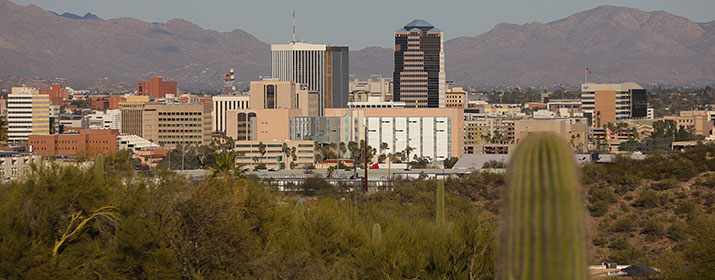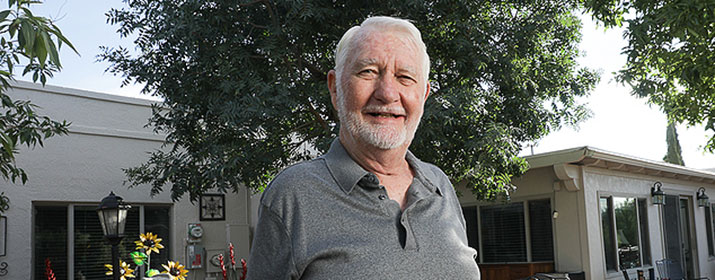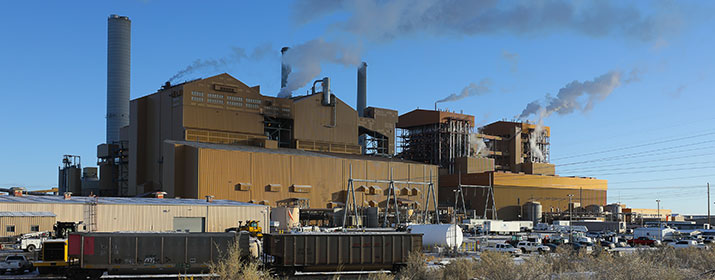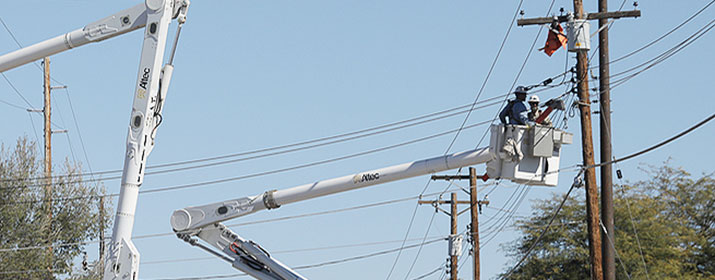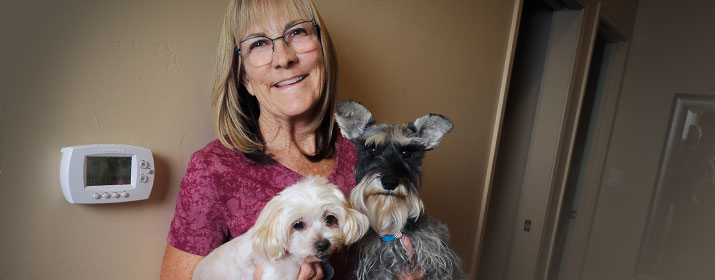
A dump truck became entangled with power lines, breaking poles. A forklift snagged an overhead conductor. A tall carnival slide was stored dangerously close to TEP wires, requiring us to de-energize the lines while the slide was moved.
These incidents all occurred in the last few months, causing outages and creating safety hazards that can turn deadly.
TEP regularly warns customers in safety messages to look up and around to avoid contact with power lines. This warning applies to those working construction jobs or even just doing fall or spring cleaning around their yard.
If you’re planning a new construction project at your home or business, we can help. Before the first boom is lifted or the first spade of dirt is moved, it is imperative to consider if any electrical safety precautions are needed.
Our field employees will meet at no cost with property owners, builders or contractors to discuss safety concerns about overhead or underground power lines. TEP can de-energize electrical equipment during construction to ensure safety.
“If there’s potential for any people or equipment to near our overhead power lines, it would be a good idea to meet with us. We can help make sure you are keeping yourself safe,” said Josh Necas, Transmission and Distribution Supervisor over Maintenance, Transmission and Trouble.
Read about the process and find the application.
Without such precautions, anyone who causes an incident can be held responsible for the cost of TEP’s response and repairs.
Here are some dos and don’ts for worksites:
Do
- Call 811 at least two days before crews begin digging or excavating. This free line locating service ensures all nearby utility lines will be clearly marked so that work crews avoid damaging underground gas and electric lines.
- Always assume TEP equipment is energized and poses a potential safety hazard. If TEP equipment is struck or damaged, keep workers and residents away from the area and immediately call the TEP Emergency Hotline at 520-623-7711.
- Carefully plan the placement of trees and shrubs. Plants that grow too close to our facilities may interfere with our equipment and overhead lines when they’re fully matured. Plan for a 10-foot working clearance around equipment. Learn more about vegetation management.
Don’t
- Don’t dig until you know what utility lines are below. Plan at least two days ahead of your building schedule to allow time for the lines to be marked.
- Don’t cover TEP’s equipment with soil, debris or construction materials. Our equipment should be visible and accessible at all times. These materials can corrode equipment, cause failures, impede our crews’ access, and increase the risk that hidden equipment will be struck and damaged.
- Don’t lose sight of TEP facilities when operating heavy equipment or vehicles. Be aware of the location of TEP equipment at all times to avoid accidental damage and costly repairs.
- Don’t change the pad grade after TEP equipment is installed. Changing the grade may negatively affect the positioning of our installed equipment. If the grade is altered, contractors or builders may accrue additional costs for corrections.

